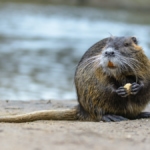How Did They Get Here? 4 Invasive Species That Wreak Havoc
Here are 4 of the most frightening and infuriating invasive species making their relentless spread across the US and what is being done about them.
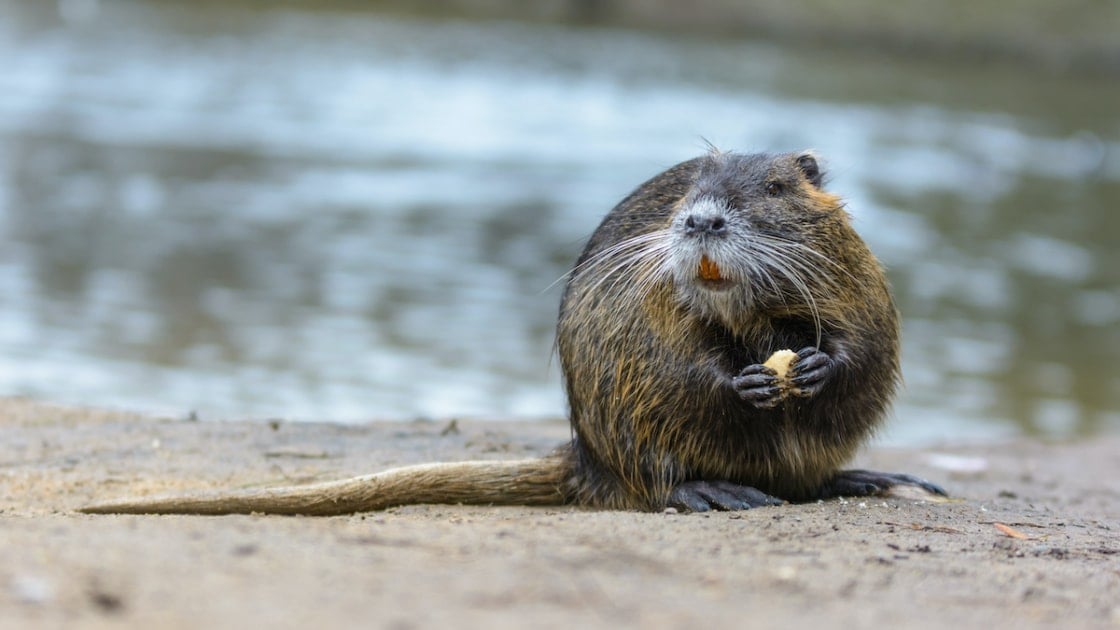
The rampant spread of invasive species across North America brings about the extinction of beneficial native plants and animals, severely alters the landscape to threaten wildlife and agriculture, and ultimately brings harm to humans.
Through either intentional or accidental release, people are to blame for the many invasives that are causing environmental, health, and economic mayhem across the land. And in many cases, there’s not a lot we can do to stop the problem from growing.
Sure, it may have seemed harmless to release a few exotic birds during a ceremony in a park. And nobody thought that crate of fur-bearing little animals would cause any problems. But in a few years, the sky is being blackened by swarms of obnoxious birds and the ground is crawling with giant scurrying rodents.
According to the Center for Invasive Species and Ecosystem Health, the US suffers $120 billion in economic losses caused by these non-native invaders. And the National Wildlife Federation reports that 42 percent of threatened or endangered species are at risk because of invasive species.
Here are a few of the most frightening and infuriating invasive species making their relentless spread across the U.S. and what—if anything—is being done about them.
1. Feral pig
(Sus scrofa)
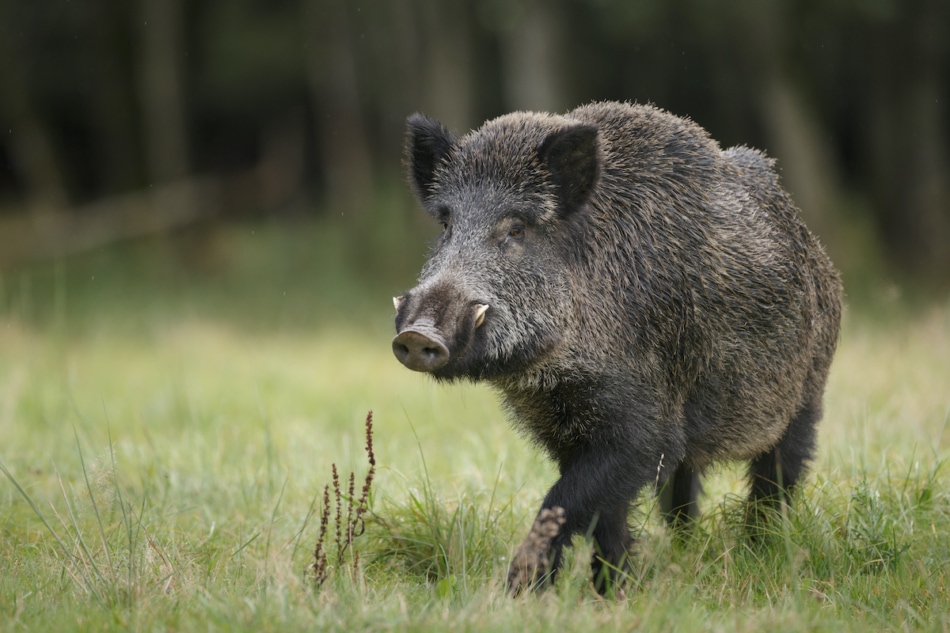
What they are: A cross between the Eurasian boar and the domestic swine, adults typically weigh up to 300 pounds and have bristly hair that comes in many color combinations, as well as a rubbery snout and menacing lower tusks used for fighting.
How they got here: The boars were brought from Europe to the US in small numbers, starting about 300 years ago, but the population only started to explode when hunters brought the animals to Texas in the past century. Hunters sometimes trapped the animals to introduce them to new regions. It is estimated that they now have made it into 47 US states, and their population may exceed 6 million.
What’s the big deal: Feral pigs maraud across the countryside, leaving in their wake billions of dollars in property damage in the form of rooting, wallowing, and feeding on farm crops. The nocturnal beasts eat everything from acorns to a wide variety of animals, wipe out native nesting birds’ eggs, spread disease to livestock, cause traffic crashes, and compete for habitat with native species of all kinds. With sharpened tusks, the aggressive swine are known to charge humans. They thrive in many climates and sows typically produce up to 10-12 young per year. Where they are most common, the hogs are starting to encroach on residential areas.
How they’re being managed: They’re hunted for pest control, sport, and food. Dozens can be corralled and killed in baited enclosures and shooting them from helicopters is becoming a popular pastime. Hunters are encouraged to kill as many of the pigs as possible and are often paid by ranchers to clear areas of the pest. But that’s not enough. Researchers are developing new poisons and swine contraception in an attempt to slow their spread.
2. Nutria
(Myocastor coypus)
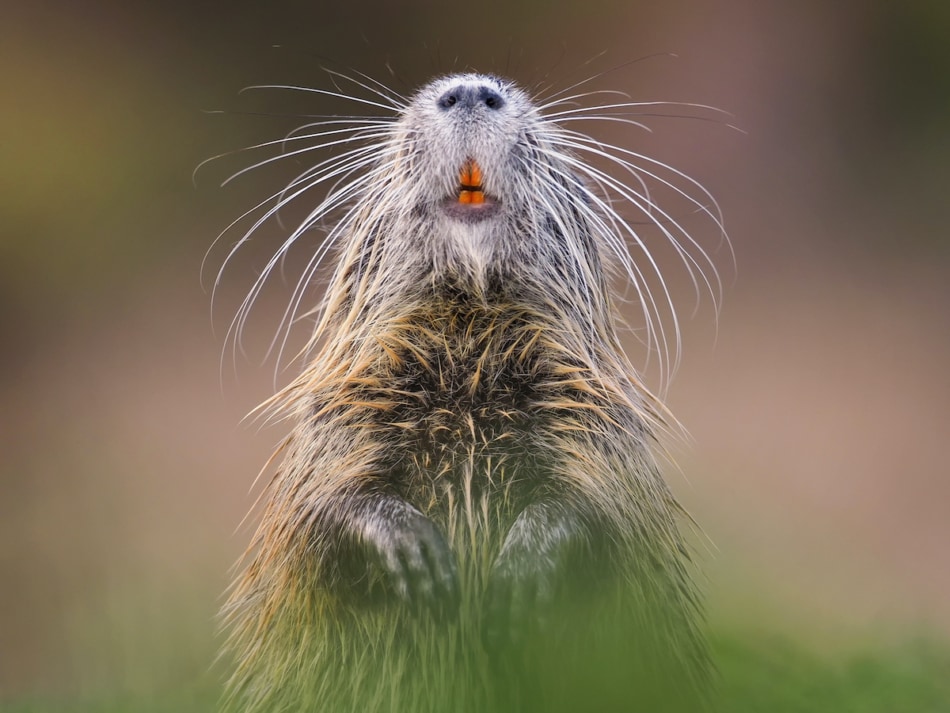
What they are: Furry dark-colored semi-aquatic rodents with menacing bright orange buckteeth used for foraging. They can weigh up to 20 pounds and stretch over 2 feet long.
How they got here: Beginning in the early 1900s, fur farmers imported the native South American nutria. Later, as the fur farming industry declined, the animals were released into the wild or escaped captivity during floods in Louisiana. They are now found in abundance in 40 US states.
What’s the big deal: Bearing some resemblance to native muskrats and beavers, nutria thrive in the swampy areas where land meets water. Able to eat up to 20 percent of their body weight daily and use large, webbed claws to burrow into shoreline banks, they quickly mow down thousands of acres of vegetation, eliminating critical marshland wildlife habitat, particularly in places like Louisiana. They damage sugarcane, rice, corn, milo, and sugar beet crops, as well as other vegetables and grains. They are infected with pathogens and parasites that can be transmitted to livestock through their feces via the drinking supply. Their effects upon humans include “swimmer’s itch,” which is derived from waterways contaminated with nutria feces.
How they’re being managed: The fur market has collapsed for the most part, but nutria provide hunting sport and a food resource in some parts of Louisiana. Some states now pay trappers and hunters about $5 per nutria tail as part of an eradication initiative. But the approximately 350,000 tails collected in Louisiana in one year is just a drop in the bucket for an invasive species that continues to reproduce in huge numbers. A female can mate 3-4 times a year and produce up to 14 offspring each time.
3. European Starling
(Sternus vulgaris)
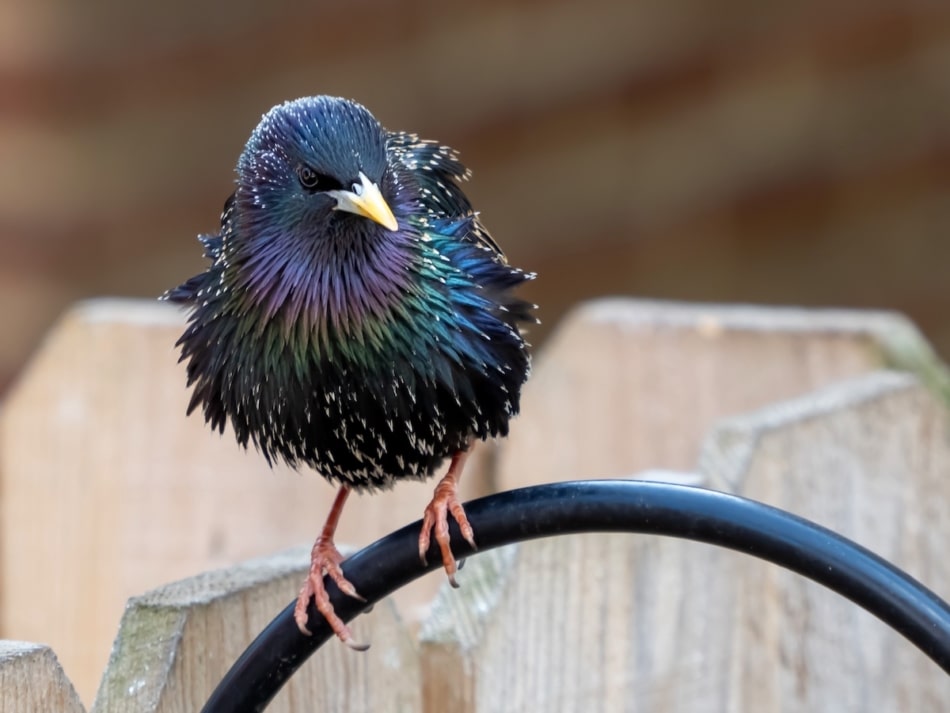
What they are: An aggressive, glossy black songbird that develops white spots in wintertime.
How they got here: In 1890, a group of literary enthusiasts imported and released 100 pairs of the birds in New York’s Central Park in an effort to bring all animals mentioned in Shakespeare’s plays to America. Over the next century, their numbers exploded to more than a billion, according to estimates, and they now reside in great numbers in every corner of North America.
What’s the big deal: Starlings are the most prolific invasive bird species in the US, and they sure like to throw their weight around. They push native birds, such as bluebirds, owls, and woodpeckers, out of their favored nesting sites; they compete aggressively for food, and swarms of starlings cause all sorts of problems. For instance, starling swarms have caused thousands of airplane-bird collisions. In fact, in 1960, 62 people were killed over Boston when the plane they were in struck a flock of starlings and crashed.
They also cause millions of dollars in crop damage every year as they descend on grain, fruit, and berry crops. What’s more, the droppings from large roosts of starlings threaten the health of farm animals and humans alike. And backyard birders curse the starling as it takes over their feeders.
How they’re being managed: There are no restrictions on killing starlings, and target shooters and farmers do their best to reduce the population. Some attempts have been made to scare the birds away with sound and trapping programs, but it’s a losing battle, as females continue to reliably produce hardy offspring every year.
4. Africanized “killer” bee
(Apis mellifera scutellata)
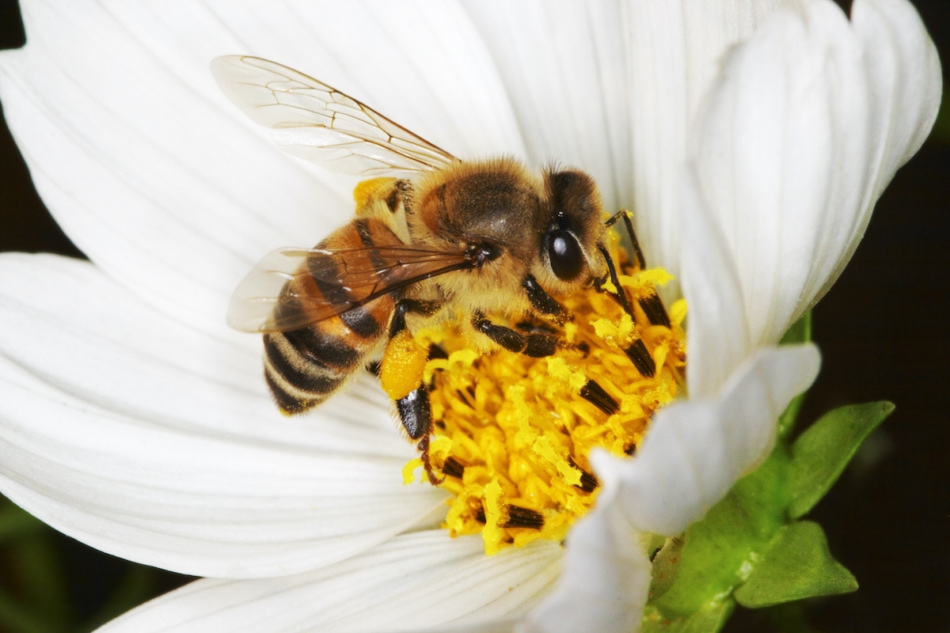
What they are: An aggressive bee hybrid of an African bee and the docile European honeybee, slightly smaller than the European bee, but with a similar appearance. Unlike the European honeybee, however, the Africanized bee does not produce a lot of honey.
How they got here: Entomologists in 1950s Brazil looking to build the honey industry imported the African bees because of a poor long-term survival rate among European honeybees. In 1957, a few dozen African queen bees were accidentally released, and they quickly produced hybrids after mating with honeybees. They spread north to Central America, then Mexico, and finally to the US in 1985, arriving first in California. They are now flourishing throughout the southern United States.
What’s the big deal: The sting of the Africanized bee is no worse than other bees, but they aggressively swarm and are quick to attack if they feel threatened. Queens can mate with several male drones at a time and store the sperm for a lifetime to keep producing new generations. They can take over honeybee hives, but often take up residence in man-made crevices like cracks in houses, old tires, and abandoned cars. Easily provoked, the so-called “killer bees” will swarm at a moment’s notice and chase targets for a quarter mile or more, and sting relentlessly. Mass stings can result in serious illness or death. It is estimated that 1,000 people have been killed by Africanized bees.
How they’re being managed: Bees, in general, are beneficial insects that pollinate plants and crops, and the European variety creates delicious honey. So it’s tough to selectively eradicate the Africanized bees. Rather, experts recommend tidying areas to eliminate favored habitat, and calling a pest management professional. If pursued by a swarm of bees, run away in a zigzag pattern and seek shelter indoors. Do not jump into a body of water, as the bees will wait for their target to surface and attack.
Like What You Read?
We’d love to hear your thoughts! Share yours in the comments section below.

Jim Kneiszel
Jim Kneiszel is a freelance writer based in De Pere, Wisconsin. He edits a number of trade publications and runs The Word House with his wife, Judy. His article, Infuriating and Frightening Invasive Species appears in the 2021 Farmers' Almanac.


